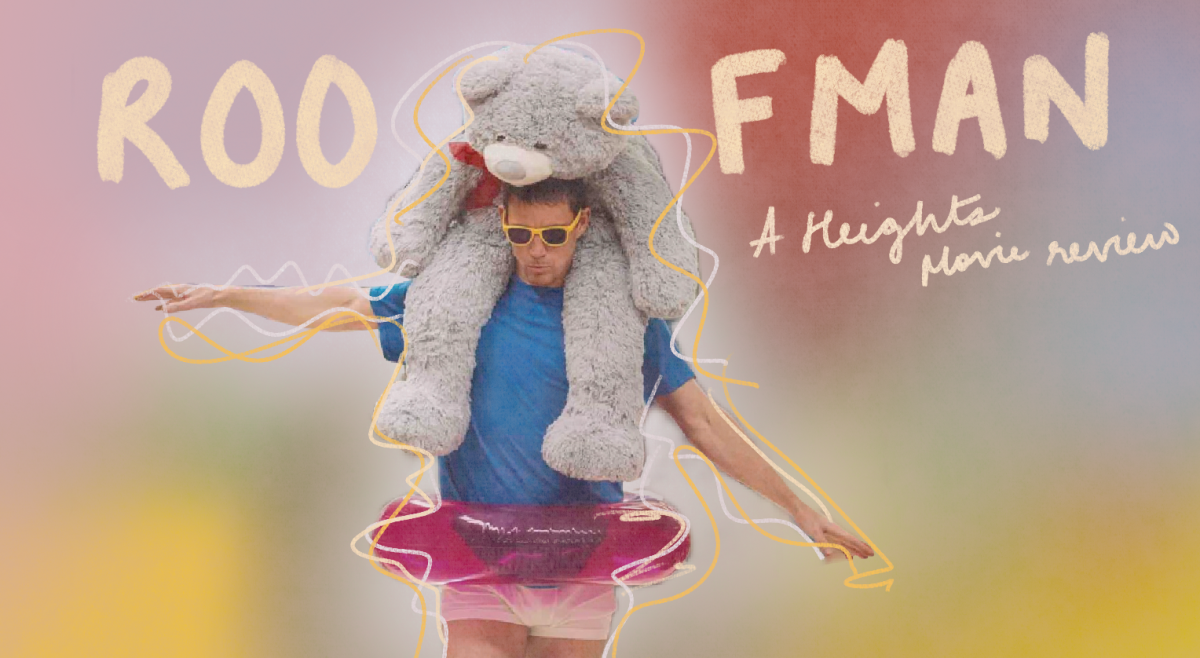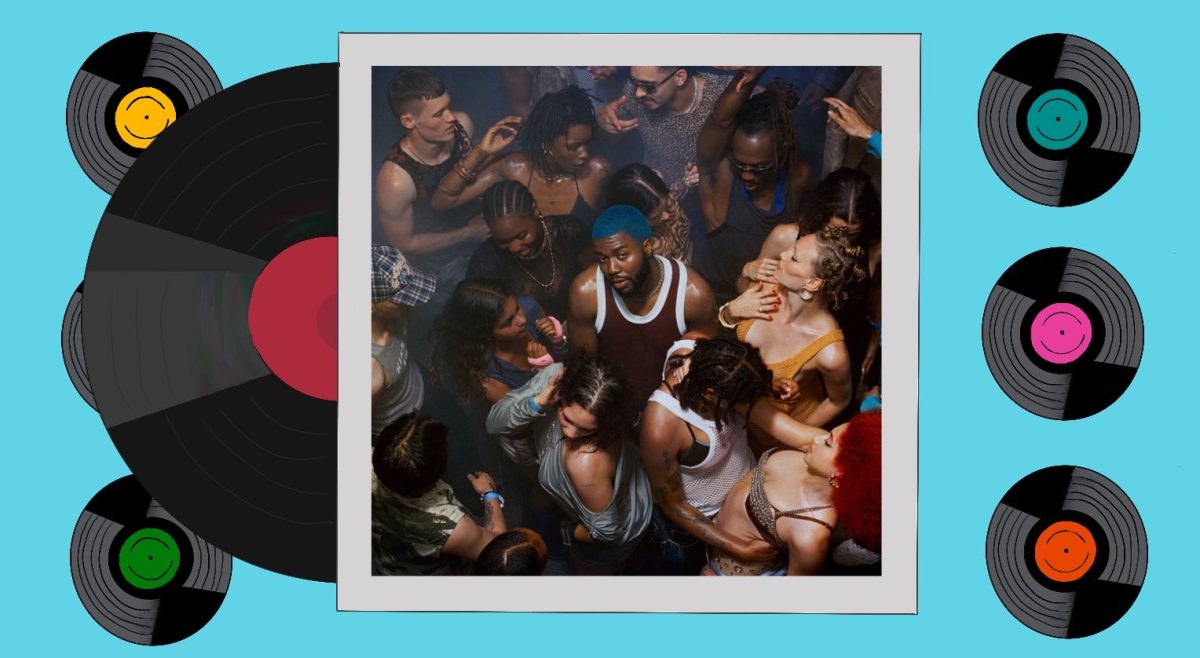★★★★☆
Set in the fictional French town Ennui-sur-Blasé, Wes Anderson’s The French Dispatch commemorates journalism and storytelling by bringing to life the articles that make up the town’s renowned magazine, of which the film is named after. One of the most anticipated movies this year, the film was finally released on Oct. 22 after several delays which left fans increasingly anticipative.
Anderson takes the audience into the different narratives that make up the last issue of The French Dispatch—based on The New Yorker magazine—which is published after the sudden death of the magazine’s editor, Arthur Howitzer Jr. (Bill Murray). Although audiences don’t get to see much of the personal lives of the magazine’s staff, they are spectators of their efforts and devotion to the magazine and the community built around its publication.
The movie reintroduces Anderson enthusiasts to some of the director’s familiar actor selections, including Murray, Adrien Brody, Owen Wilson, Timothée Chalamet, Saoirse Ronan, Jason Schwartzman, Léa Seydoux, Edward Norton, and Tony Revolori. Each actor is molded into a complex and quirky character. Although The French Dispatch continues to adhere to the director’s emblematic style through the use of pastel colors, literary plot structure, awkward zoom-ins, absurd humor, slow-mo fight scenes, and perfect symmetry, it also adds new elements to the director’s repertoire which were both unexpected and amusing to witness. The scenes fluctuate between acting scenes and exquisitely hand-drawn animated storytelling. Other scenes briefly detach from his usual colorfully picturesque visuals for simple yet polished black and white scenes.
But at times, due to the thorough use and implementation of so many techniques, the movie feels somewhat overwhelming. By trying to pay attention to the many intricate details at once, analytical viewers are forced to pivot between trying to enjoy and trying to understand the movie. Juggling all these components, viewers may lose track of names or the plot itself. Additionally, although the duration of the movie was less than two hours, there were some scenes toward the ending that felt slower in contrast to the fast-paced start of the movie.
Lastly, as there were many storylines to be told, there was no clear point of focus or protagonism to which viewers could attach. Instead, the movie leaves you with a slight sense of ambiguity and a desire to see more screen time of particularly interesting characters and their stories. But, perhaps, this was intentional, as viewers find themselves becoming voyagers craving more of the character’s profound personal details.
Regardless, you clearly see how Anderson has worked to assemble characters who are concerned with making history and leaving a mark beyond their transient existence—whether this is through paintings, food, writing, or leading a revolution. This aspiration is a trait that weaves the seemingly divergent characters and their individual stories together.
Overall, it is safe to assume that die-hard fans of the American director will leave the movie theater feeling more than satisfied and re-nourished after the three-year wait for his latest film. This is one of those movies viewers can watch repeatedly and still find new aspects everytime. The director has used his beloved signature style in every possible way, such that The French Dispatch is without doubt very Anderson.
Photo Courtesy of Searchlight Pictures



















